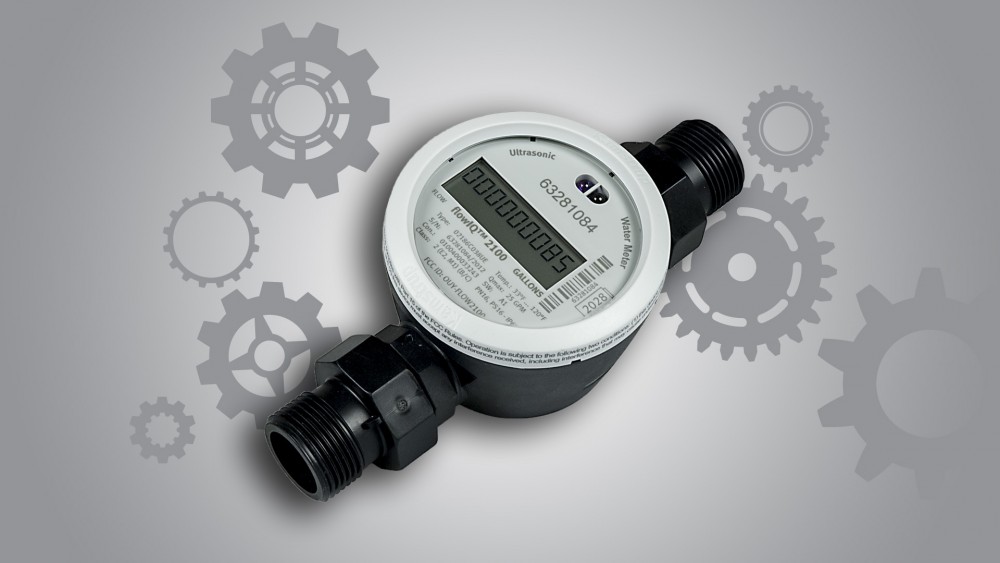How Advanced Metering Infrastructure Helps Water Systems Recapture Lost Revenue
According to the National Geographic Society, only 3% of our planet’s water is freshwater, and only 1.2% of that is safe for drinking. As our planet continues to experience climate change at alarming rates, the higher the demand is for clean drinking water. Meanwhile, our drinking water supplies continue to shrink. It is now more imperative than ever for us to focus our attention on sustaining our already limited water supplies.
 AMR and AMI: What’s the Difference?
AMR and AMI: What’s the Difference?
Automated meter reading (AMR) is a system that automatically collects data pertaining to the consumption of water and then sends the collected information to a centralized database where it is analyzed and used for billing purposes. AMR systems typically refer to a mobile or drive-by meter reading system. This technological system replaces the need for a physical visual inspection and access to the customer’s property. AMR systems, when reviewed with proper analysis, can greatly help both utility providers and customers to have better control over the use and production of their utilities.
An AMR fixed network is often referred to as an Advanced Metering Infrastructure (AMI) and allows for real-time consumption readings, rather than relying on a technician to physically read meters. AMI is a bit more technologically advanced than a mobile AMR system; the development of AMI has actually extended AMR technology by allowing a two-way communication system that has the ability to send and receive real-time water usage readings but can also receive and act on instructions and program changes sent from the meter reading software to the customers meter. These commands can be time-based pricing data, demand-response actions, remote service disconnects, and can even send alarms for leak detection, reverse flow, tamper, and other utility issues.
In today’s world, the data from an AMR system or AMI, whether mobile or fixed, is crucial. In the United States, seven billion gallons of clean, treated drinking water are lost every day. The lost water, or non-revenue water (NRW), is often a result of leaking pipes, water main breaks, theft, and improper accounting of water. Water audits are a phenomenal resource to help identify causes and costs that come with water loss, provide solutions for repairs and maintenance, and a higher return on investment.
In tandem with water audits, AMI offers providers the opportunity to learn more about their water usage (and therefore loss), and in turn be able to use that information to dispatch repair crews more quickly, reduce the number of outages and customer disputes, and leave room for further operational efficiencies. For customers, AMI provides them accurate and timely billing, more control over their consumptions and costs, and higher rates of customer satisfaction.

AMI Real Life Application
Tata & Howard, Inc. completed a water audit of a distribution system using data from 2013 to 2015. We used the American Water Works Association M36 water audit methods and found that the Town had nearly 400mg in NRW over the three years, equating to approximately $1,137,000 in lost revenue.
Let that number sink in.
As part of the water audit, we were able to help the Town find that an overwhelming amount of NRW loss was due to customer meter reading and billing errors. Our team was able to recommend administering a customer meter testing and replacement program, replacing their current customer billing system, implementing an AMI technology, and further documenting any unbilled or unmetered water use.
Tata & Howard has extensive experience working with municipalities and water companies to determine sources of water loss and with implementing AMI to mitigate losses. Contact us to learn how we can help your system save water — and money.
